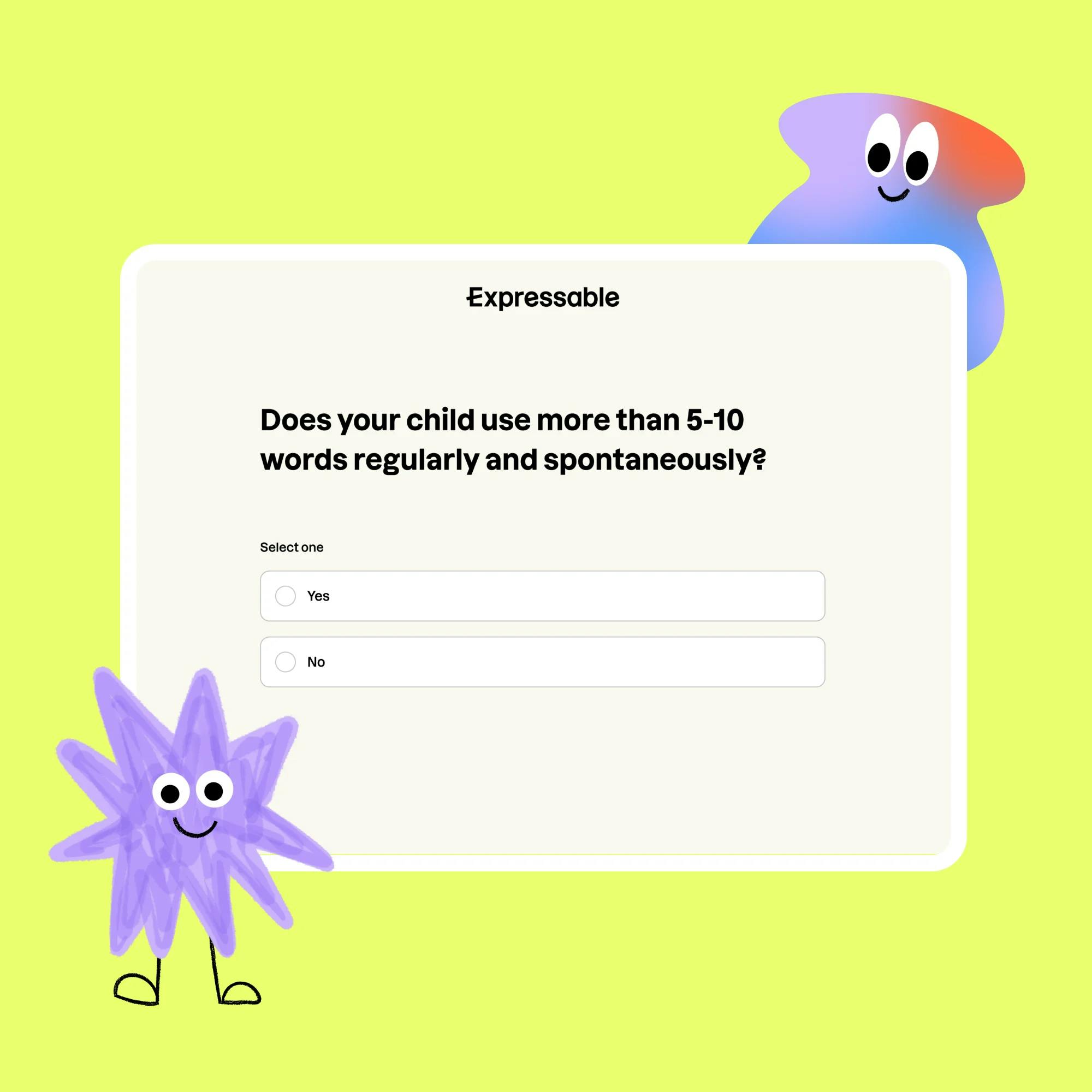Part of a young child’s development process is learning how to say words correctly. These speech skills develop over time as we learn to talk.
Some sounds come easily, like /m/ and /b/. Other sounds, like /z/ and [th], are more difficult. Making errors is part of the learning process, but most children can say almost all speech sounds by the time they’re 5 years old.
Sometimes, children will make regular patterns of mistakes among certain words. When these errors extend past a certain age, it may indicate a type of speech sound disorder known as a phonological disorder.
What does a phonological disorder sound like?
A child with a phonological disorder may be able to produce individual sounds correctly, but they have difficulty putting these sounds together to form words. For example, they may be able to make the /d/ sound, but they swap it out for the /g/ sound in certain words. So, for example, the word “go” becomes “doe.”
Children with phonological disorders are often difficult to understand because they have so many speech sound errors. This can impact their language and literacy skills and affect their experience in the classroom.


What are the signs of a phonological disorder?
Signs of a phonological disorder can include:
Saying only one syllable in a word–for example, "bay" instead of "baby"
Simplifying a word by repeating two syllables–such as "baba" instead of "bottle"
Leaving out a consonant sound–so for the word “bat,” a child might say "at" or "ba"
Changing certain consonant sounds–for example, "tat" instead of "cat"
These examples are what we call phonological processes. They’re patterns of sound errors, or simplified speech rules, that children use to make speech easier as they’re learning to talk. These kiddos aren’t even aware that this is happening! It’s simply a way their brain helps them learn to say difficult sounds and words.


How are phonological disorders treated?
We know it can be stressful to watch your child struggle to communicate their needs and ideas. The good news is that speech therapy can be extremely effective in treating these disorders.
In speech therapy, children can “unlearn” the patterns of sound errors their brain created as they were learning to talk.
As we’ve discussed, children with a phonological disorder have difficulty learning the correct rules for how sounds fit together to make words. In speech therapy, they can “unlearn” the patterns of sound errors their brain created as they were learning to talk. Your speech therapist will use exercises and activities that involve both listening and speaking to help your child reach this goal. As with all speech therapy for children, most of these activities will be play based, often involving games or crafts. The ultimate goal is generalization–when a person can use their new speech skills correctly across a variety of contexts, such as at home, at school, and on the playground.
What happens in speech therapy for phonological disorders?
Speech therapy will start off with an evaluation to assess the child’s current communication strengths and weaknesses. After the evaluation, the speech therapist will understand which sounds are being produced incorrectly and which types of phonological processes are present.
Once these processes are identified, the speech therapist will set goals for your child. Several sounds will likely be addressed at once, as the goal of phonological therapy is to help a child internalize the correct phonological rules.
There are many ways to treat phonological disorders. These interventions are not “one size fits all.”
There are many ways to approach treatment for phonological disorders. These interventions are not “one size fits all.” Severe phonological problems are like a puzzle, and each client has their own “code.” Choosing the best intervention for a child should be based on the number, type(s), and consistency of phonological errors, as well as the speech therapist’s clinical experience and judgment.
After your speech therapist selects a treatment approach, a trial-and-error aspect of treatment is to be expected. The therapist will assess how your child does in sessions and ask you for feedback as well. That way they can adjust your child’s treatment plan as needed.
How you can help your child with speech therapy at home
While your speech therapist is an expert in speech and language disorders, you are the expert on your child! It’s vital to stay in close contact with your therapist to monitor how your child is progressing both in therapy and at home.
Your speech therapist will show you how to help your child learn and practice their target speech sounds between sessions. You might use cues such as renaming sounds–for example, calling a sound that uses the vocal cords a “buzzy sound.” Or you might remind your child about “ending” their words by using the final consonants. Whatever your child’s goals are, your speech therapist will find a way that makes sense to the child to help them get the correct sound production.


How to find the right speech therapist for your child
It’s important to find the right speech therapist to treat your child’s phonological disorder. Not only should the therapist have experience in this treatment area, they should also be someone you connect with. The two of you will be working a lot together, so it’s important to have a good partnership.


Talk with your child’s pediatrician for speech therapist recommendations. If applicable, you can also contact your insurance company for a list of in-network speech therapists. And it never hurts to ask family or friends whose children have had speech therapy. A personal referral goes a long way!
Finding the right speech therapist is a big part of the process. Stay in touch with them and focus on how to support your child during this time. Your child will be making progress in no time!

 Alexis Irazoque, M.S., CCC-SLP
Alexis Irazoque, M.S., CCC-SLP













